In general, the zirks not only were
green, but also something about their appearance made them look like lizards.
Erect walking lizards, with developed speech and unimaginable intelligence. Their
skin color ranged from pale lawn-green to dark-olive. They wore exoskeletons
not because they were shy, disdained, or feared Earth infections, but it was a
necessity.
At that time, the Zirkaazte race was not yet able to breathe earthly air. Yes, you read it right—at that time. The thing is that the main activity and talent, possibly laid down by nature and the universe in the Zirkaazte race, was genetic engineering. This is the field, in which the alien rescuers unfolded to their full potential. These aliens examined and re-examined every cell of every living organism that they could possibly find in outer space. Countless tracts and doctoral works could be found in their knowledge base in Sirka on what needs to be done to make a life of some race or species better in less than two hundred years.
Or how to improve immunity in three generations, how to teach great-grandchildren to breathe under water and many, many more things. They totally cracked this nut and experimented on all samples they could get including themselves. Volunteers were selected, a control group was created, a data pack was collected based on tests, analyzes, physical data and parameters, then all of this was analyzed and genomic changes were applied.
The zirks just got used to trust each other, plus, for more than three hundred years, judging by the information from the zirka-wiki, there was not a single fatal outcome in such experiments. They were carried out under the strictest control and supervision, with the smallest doses, which in single or several applications could not radically affect the subject. At the slightest deviation of the organism’s reactions from the norm, work with that organism was put on hold and then it was closely watched for a long time and rehabilitated in order to avoid negative consequences.
Then they wrote new treatises, built new hypotheses, and continued the hard work. Thus, over the past thousand years, the Zirkaazte race has evolved by more than seventy percent in a not so natural, but very successful, way. After the start of the operation of saving the Earth, and maybe even long before it, all the minds of the zirks were aimed at solving the problem of intolerance to the Earth's air. Looking ahead, please be informed, that they managed to achieve the first success only 240 years after the formation of the Biosphere III.
Another distinctive and very curious feature among the zirks is their hierarchy. In fact, they did not have one at all. The chief leader and emperor, Krezke-Plau Akkatl, was considered an ordinary representative of the race just like any other engineer or teacher. Yes, he was empowered to make decisions, on which the fate of all his zirks depended, to participate in negotiations and conferences, to conduct political activities, to organize ministers and advisers. In addition, he was very actively involved in all aspects of life.
As some earthlings believed, only one who was distinguished by outstanding knowledge and abilities was elected to be an Akkatl. It was even rumored that Krezke-Plau was a member of the group that had delved inside the planet to redraw the tectonic map. And more than once he was seen strolling along the corridors of the ‘arks’, working in laboratories or simply scrolling through something on his tablet with a bored look on his face. No matter how ridiculous it may sound, but perhaps this is the essence of successful prosperity of race, nation, or country, a condition for the development of thought, science and spiritual balance... What human ancestors have not been able to comprehend.
As for the ruling elite of the refugee coalition, they and their families were resettled in similar cabins that all earthlings were entitled to regardless of their social status and rank. They, like everyone else, underwent medical examinations and testing. According to the test results, they could be distributed to schools or linguistic centers. However, the former presidents, of course, with their noses stuck up to the sky, agreed to resign with pension benefits, as compensation for the harmfulness and severity of ex-work. The zirks did not insist. It looked like they knew that, sooner or later, life would even out for everyone as they deserve.
***
So, with these detours, we almost forgot about the main thing – the emergence of the seventh continent. Such a high-profile event caused a storm of disputes and discussions, which did not stop for over a month. The story did not end there and, after forty days, the porthole views attracted the attention of all humans once again. This time, the waves rose close to the southern coast of Eurasia, between Africa and the remains of Oceania, splitting apart to let out uneven battlements, ridges and craters; black and naked, soaring higher and higher above the sea, so that after a few hours they would freeze in a phantasmagoric polygonal figure in the middle of a raging blue.
After that, the Pacific Ocean also embraced a new island entity. All three were located in relatively comfortable climatic zones. The area of each island did not exceed the size of Australia. The islands had the shape of an almost even circle, which is probably why they were called the ‘Biospheres’. Back in those days, they did not quite justify this name. After their creation, the Biospheres were left forgotten for several centuries; enabling nature to do its job, painting these stony gorges, valleys, and passes in all shades of green.
By the winter of 2696, the traces of human civilization came to an end. The most significant change in the appearance of the surface of the planet was the destruction of all terrestrial buildings. Cities were erased, torn down along with asphalt and underground utilities – uprooted. Six continents turned into steppes, interspersed with impassable rainforests, and mountain ranges.
The drained seas replenished thanks to the tide provoked by the birth of new islands. The delvers got silent. Not that it was classified information what they were doing all this time, but nobody wanted to ask. Everyone was already quite shocked by what they saw and knew so they had no intention to dig out another reason for worrying. Since no new islands were foreseen, over time, people calmed down and returned to normal.
Not one generation since has changed drastically. While new changes have become noticeable—each generation of humanity has strengthened its tolerance and faith in the future. With excitement and curiosity, everyone was waiting for news from the surface of the blue planet, and with a slight exertion, people were waiting for the day when the forced exile would be over.
Homecoming has been scheduled for the second half of 2870.


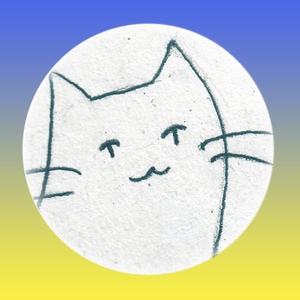



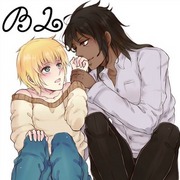
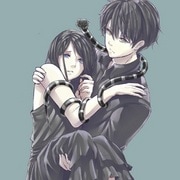
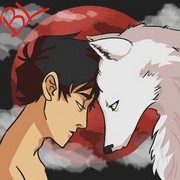


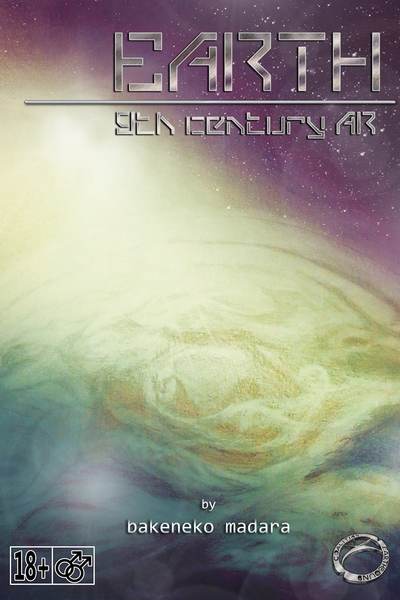

Comments (1)
See all